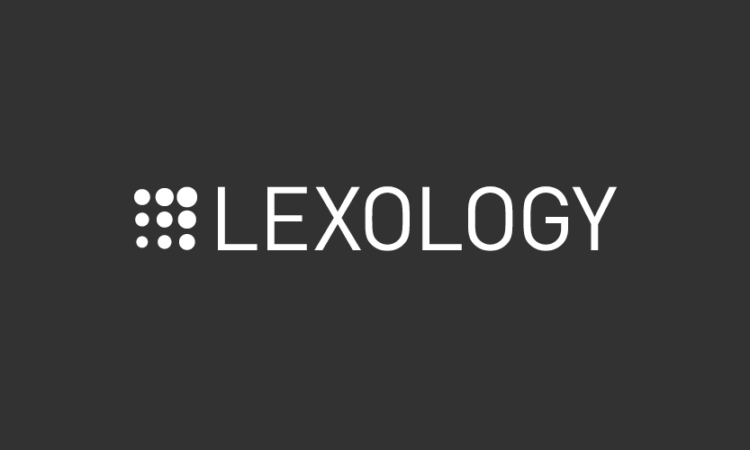
Cryptocurrency growth in the last decade has taken the technological world by storm, and with this growth came a lot of questions and concerns. The classification of crypto-assets is a primarily concern. The subject is one that courts, public authorities, and even financial markets struggle to grasp.
The primary debate begs an answer to an essential question: are crypto-assets securities, investment instruments or financial instruments?
Find out more below on the classification of crypto-assets.
The Belgian Financial Services and Markets Authority (“FSMA”) has recently published a communication (the “Communication”) which provides guidance on how to determine whether a crypto-asset can be classified as a security, a financial instrument or an investment instrument under Belgian regulations.
The Communication is intended to address the increasing number of questions the FSMA has received about the application of financial regulations to crypto-assets. Its main goal is to provide tools, through a decision tree (the stepwise plan), to help with the classification of crypto assets which depending on their characteristics may be qualified as :
- securities, which fall within the scope of the EU Regulation 2017/1129 (“Prospectus Regulation”) and the EU Directive 2004/109/EC amended by EU Directive 2013/50 (“Transparency Directive”), or
- investment instruments, which fall within the scope of the Law of 11 July 2018 on public offers of investment instruments and the admission of investment instruments to trading on a regulated market (“Prospectus Law”) and the Royal Decree of 25 April 2014 regarding certain information duties for the commercialization of financial products to non-professional clients (“Transversal Royal Decree”), or
- financial instruments, which fall within the scope of MiFID rules of conduct, EU Regulation 596/2014 (“Market Abuse Regulation” or “MAR”) and EU Regulation 236/2012 (“Short Selling Regulation”).
Other legislations may also apply depending on how the crypto-assets are classified (such as the Belgian AML Law as amended by the Law of 1 February 2022 introducing provisions on the status and supervision of providers of services for exchanging between virtual currency and fiduciary currencies and providers of custodial wallets (“VASPs Law”), the Royal Decree of 8 February 2022 on the legal status and supervision of providers of exchange services between virtual and fiat currencies and of custodian wallet providers (“VASPs RD”) or the Markets in Crypto Assets Regulation once in force (“MiCAR”)).
The Communication includes a decision tree (only available in French and Dutch) that outlines the questions to ask when making this determination, such as whether the rights contained in the crypto-asset are incorporated into an instrument, whether that instrument is transferable, whether the crypto-asset has an issuer, the type of rights against the issuer and whether the instrument is traded on a regulated market.
The decision tree is technology-neutral, meaning that the classification of a crypto-asset as a security or investment instrument does not depend on the specific technology used.
The FSMA notes that the Communication is not a substitute for a thorough analysis of a product’s characteristics and presentation, and that the decision tree may not cover all possible situations.






